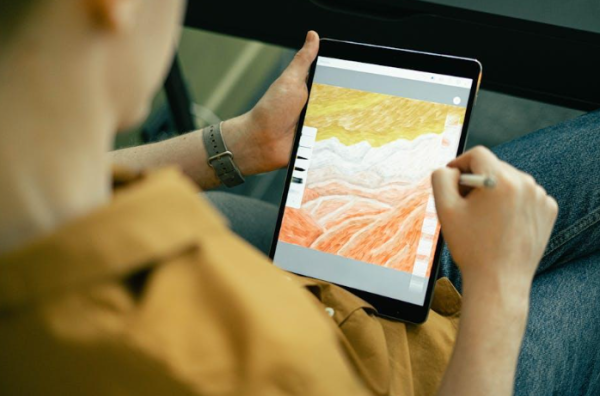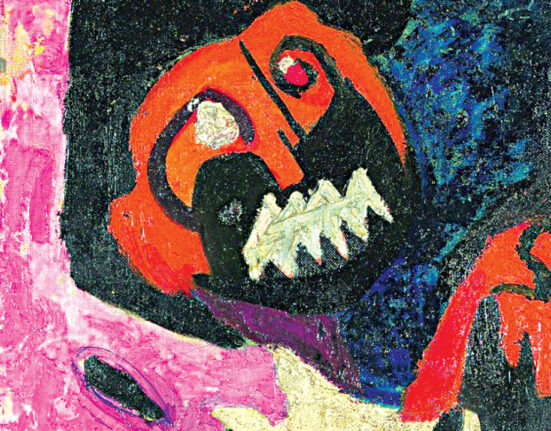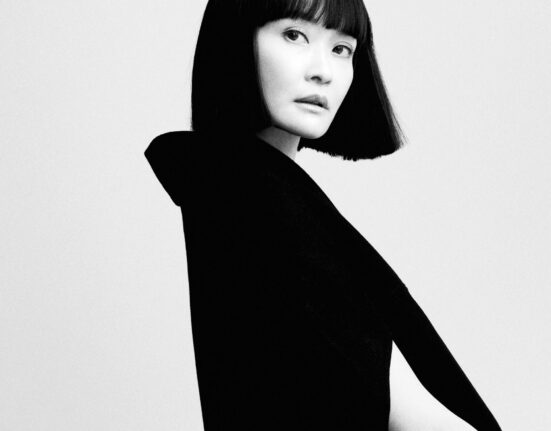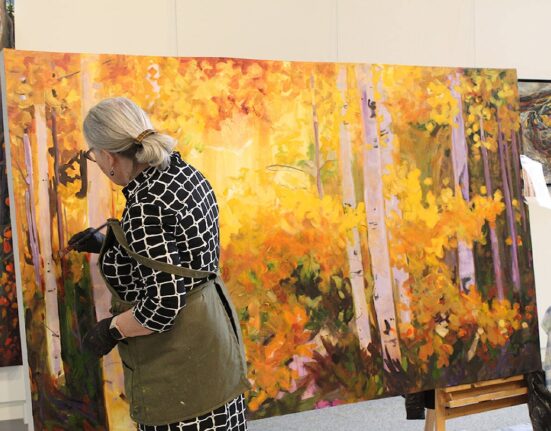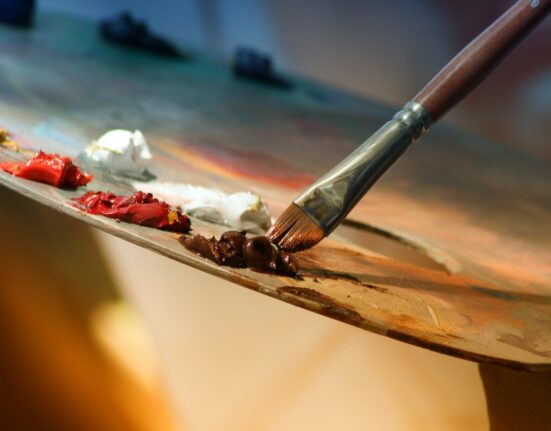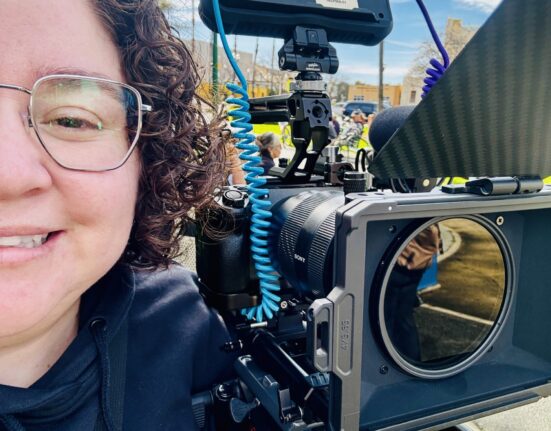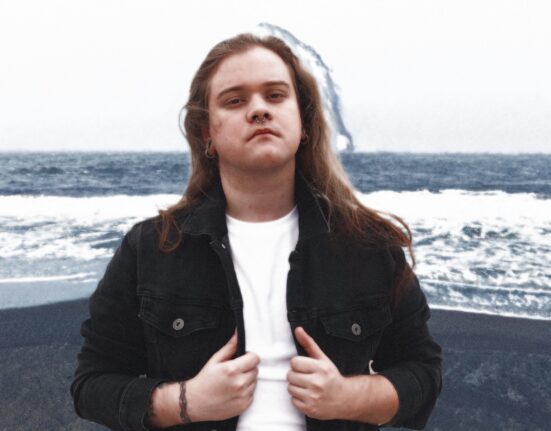
Digital art’s ascent signifies a major shift within artistic expression. This change is fuelled by evolving digital toolsets, empowering creators to venture into new territories of medium and technique. Artists increasingly adopting digital platforms are not just expanding visual narratives but fundamentally altering access to art creation. A wider spectrum of global voices can now emerge. This evolution forces a conversation with traditional art, fostering a lively interaction between established and contemporary methods. Yet, as digital art gains ground, it inevitably attracts scrutiny. Debates flare around authenticity, provenance, and the ecological footprint, sparking complex discussions across the art world.
The Rise of Digital Art
Technology’s pervasive spread hasn’t just reshaped artistic expression; its impact is felt broadly. Consider entertainment, where digital platforms refine user interaction for diverse activities like streaming content, podcasting or online betting with betFIRST. Similarly, the art sphere sees powerful creative suites and accessible input devices letting artists probe novel mediums and workflows. This digital migration encourages bold experimentation and fresh innovation. It lowers barriers, allowing artists worldwide to disseminate their creations freely. Digital art, therefore, has built considerable momentum, undeniably influencing traditional disciplines and adjusting how audiences and critics perceive and value artwork.
Impact on Traditional Art Forms
The arrival of digital art deeply resonates within traditional artistic spheres, pushing many practitioners to weave technology into their established processes. Techniques like raster painting, intricate 3D sculpting, and dynamic animation now sit alongside time-honoured methods. The lines blur. This fusion prompts a fundamental rethink of what qualifies as ‘art’, challenging long-held norms and stimulating dialogue across diverse artistic fields. Galleries and cultural institutions are visibly adapting. It increasingly features native digital works and curates hybrid exhibitions—spaces designed to honour enduring traditions and cutting-edge contemporary practices.
Accessibility and Global Reach
Creating and distributing art digitally unlocks doors previously shut for artists worldwide, irrespective of location or resources. Digital portfolios and dedicated online communities function as crucial showcases. Creators connect with varied audiences, bypassing the gatekeepers of conventional gallery systems. This enhanced accessibility empowers emerging talents to find visibility. It also cultivates a dynamic global network where concepts and aesthetics cross-pollinate freely. The art world grows more interconnected, with cultural streams merging and transforming almost instantly, cementing digital art’s place in the modern landscape.
Challenges and Criticisms
Despite its undeniable momentum, digital art contends with significant challenges and pointed criticisms that probe its fundamental value and status. Sceptics often argue that the perceived ease of digital tools diminishes the rigorous skill and commitment inherent in conventional art forms, sometimes branding digital output as less ‘real’ or authentic. Intellectual property rights and clear ownership become incredibly tangled in a digital realm designed for effortless replication and sharing. Questions about technology’s environmental toll—the energy consumption of rendering farms and e-waste—add another layer to the debate, urging artists, collectors, and critics to weigh the broader consequences of this ascendant medium.
Conclusion
Digital art’s rise marks a profound reshaping of the art ecosystem, altering how art is conceived, circulated, and experienced. As creators continue harnessing technology, combining traditional skillsets with digital processes enriches the discourse around creative expression. Conventional limits are tested, and innovation is spurred. While the medium grapples with authenticity, provenance, and sustainability issues, its accessibility and global reach have undeniably democratised art production. Diverse voices now find platforms and flourish. Ultimately, digital art mirrors our technologically saturated society and demands continuous conversation about creativity’s future trajectory within an ever-shifting cultural context.
Image attributed to Pexels.com

